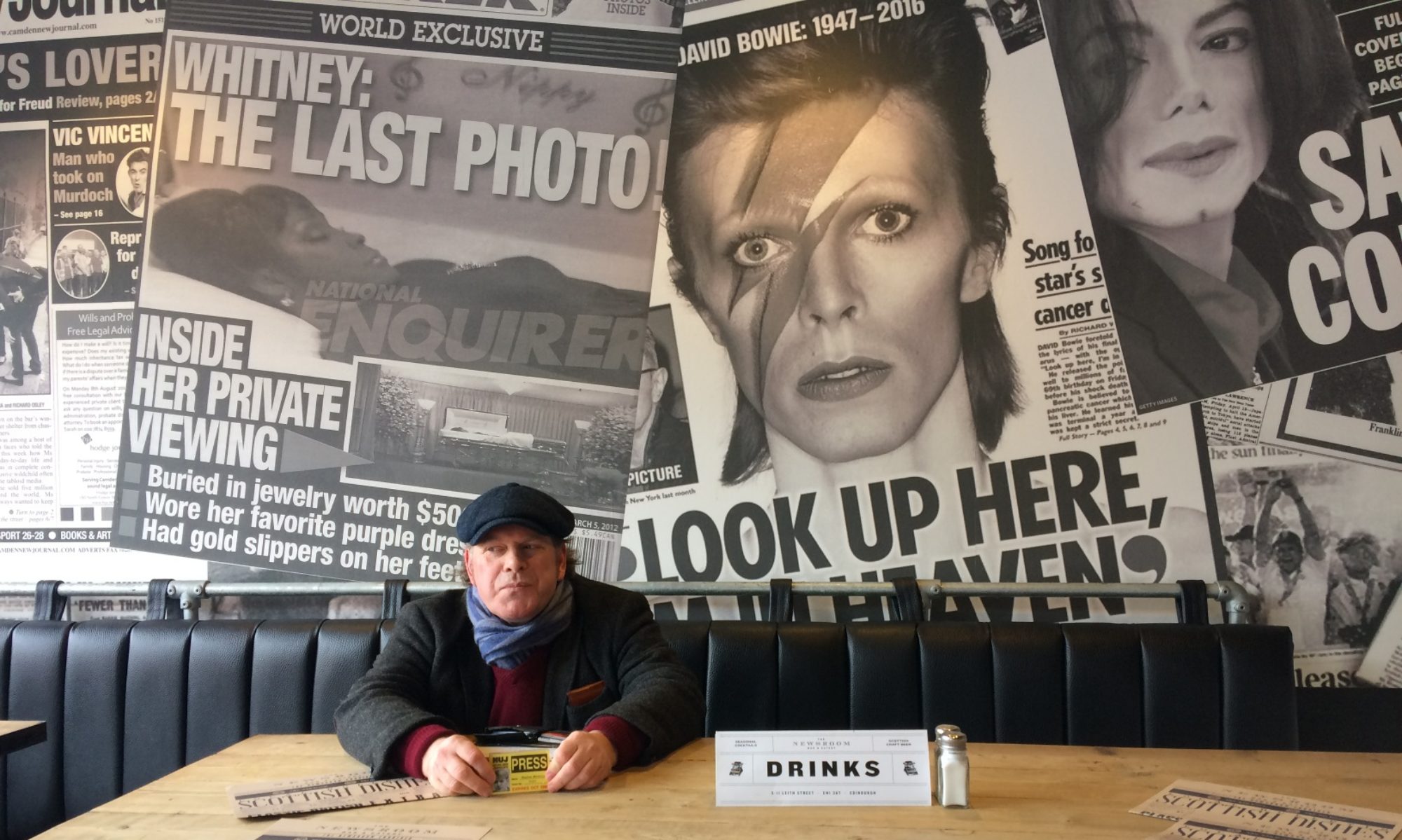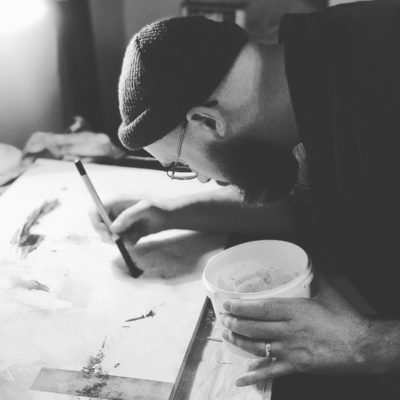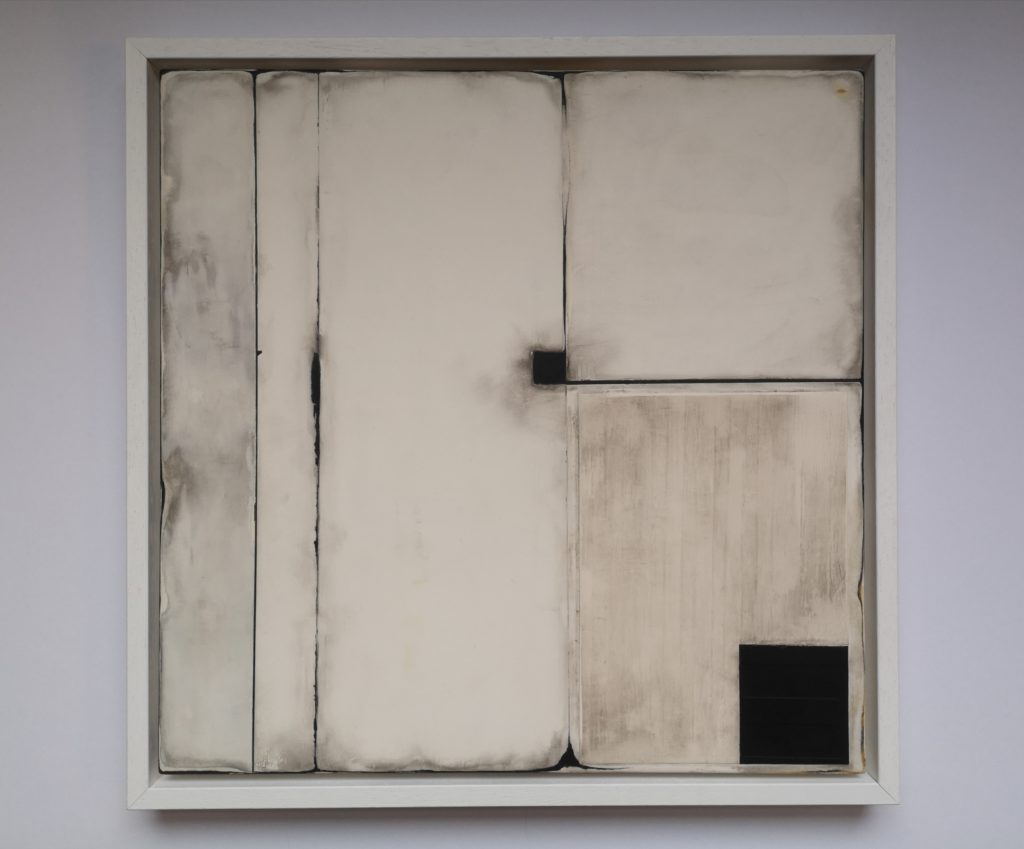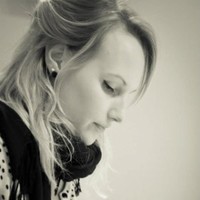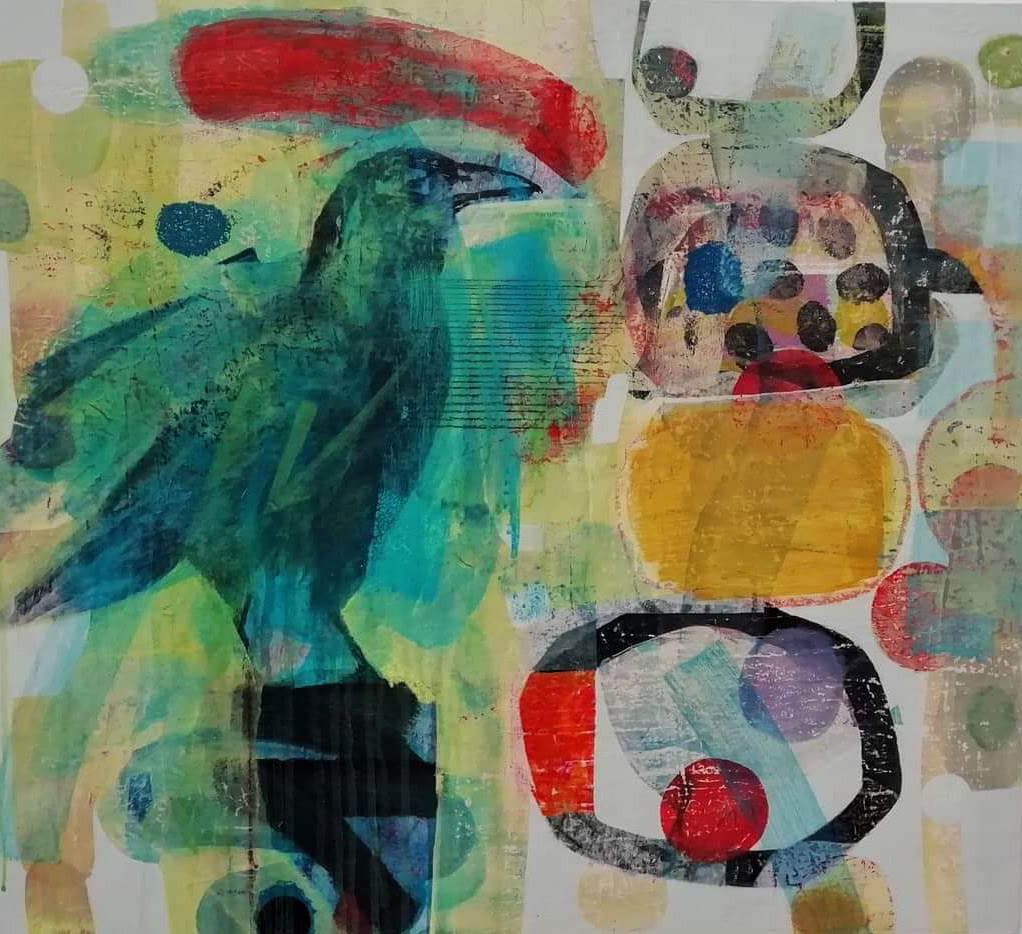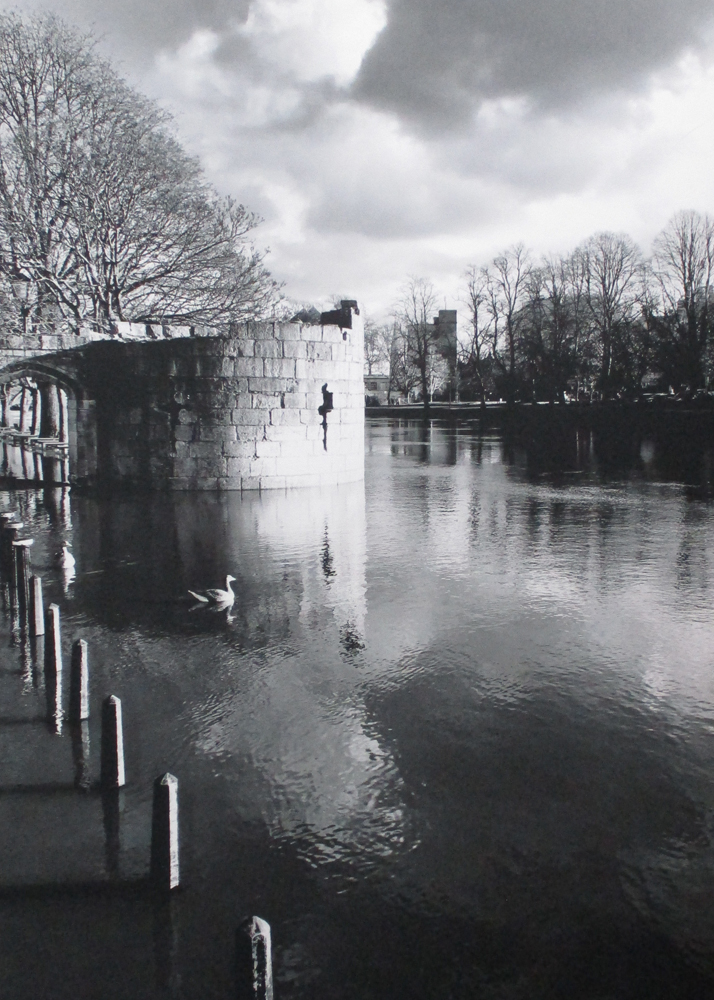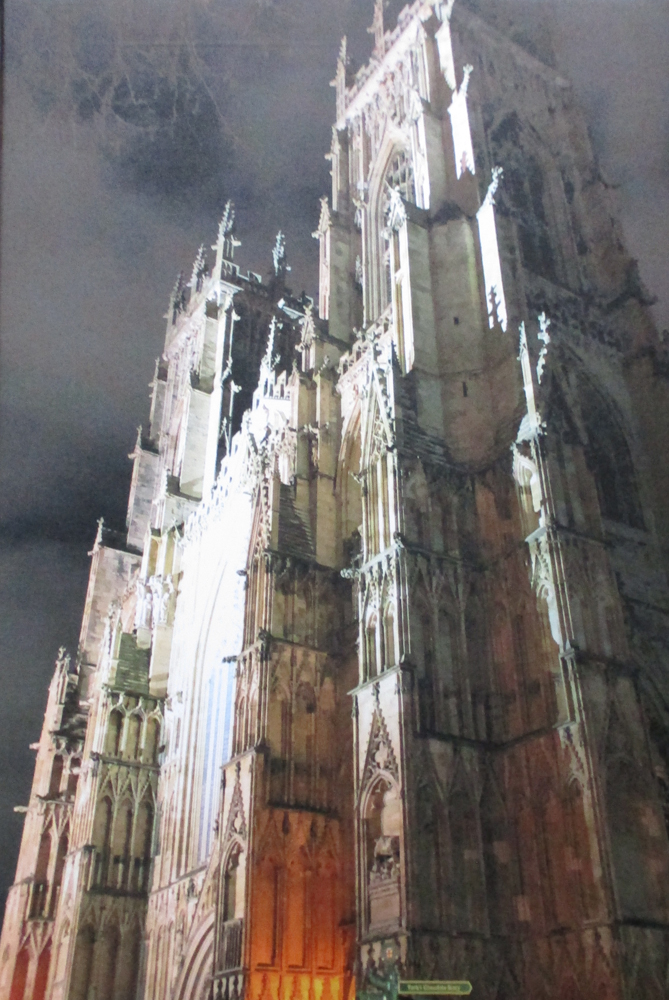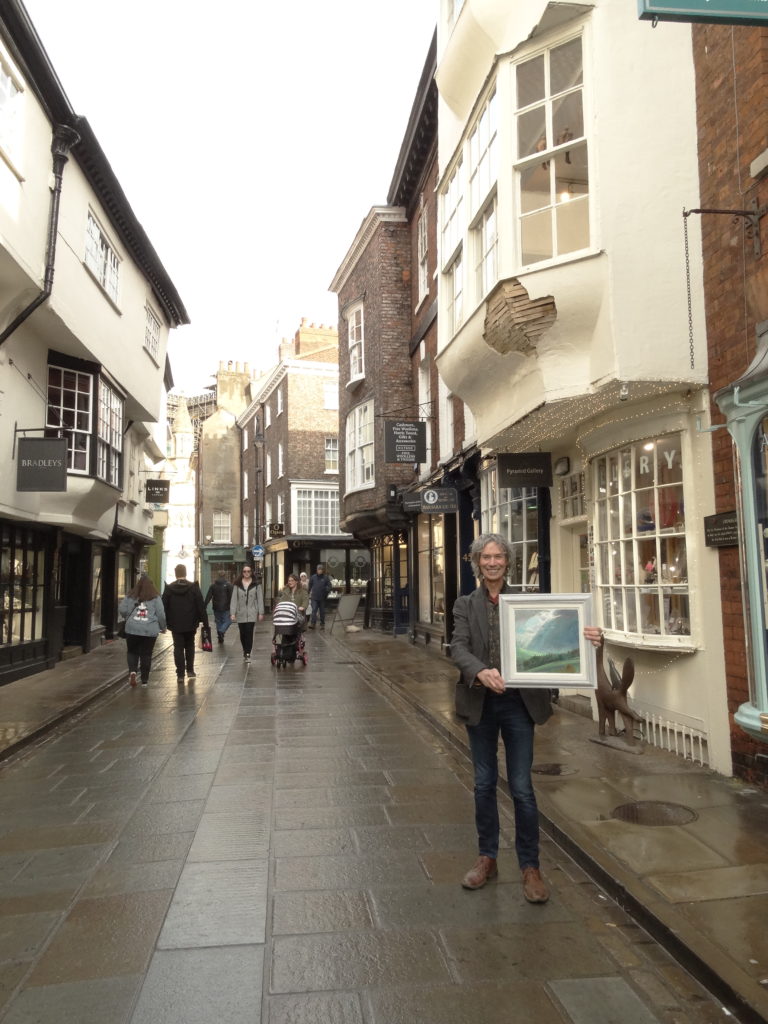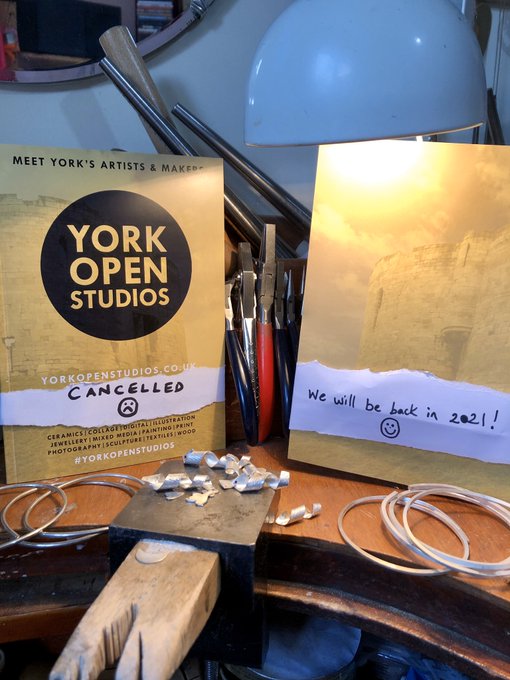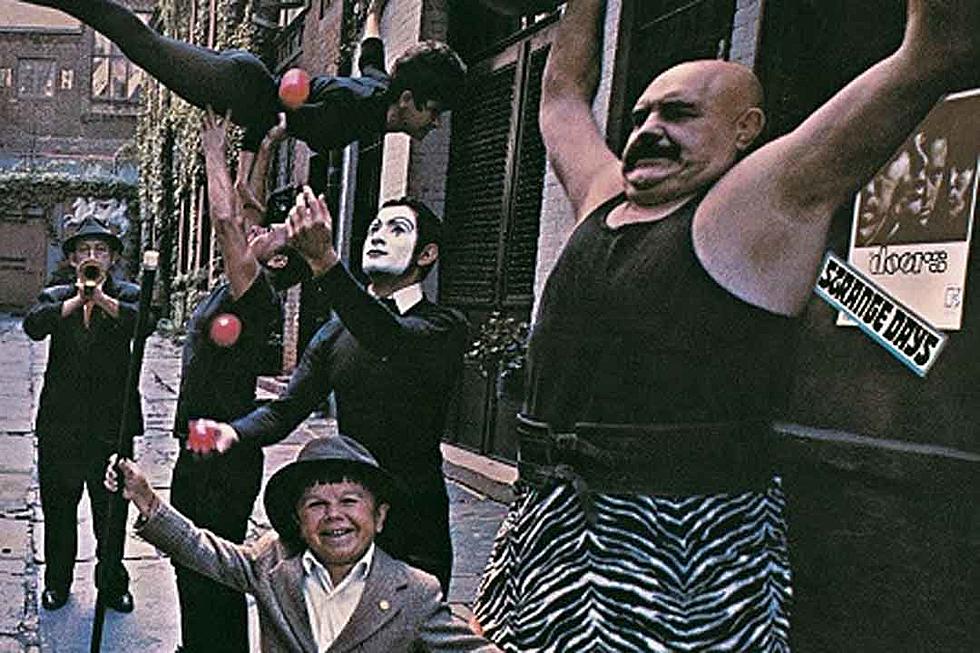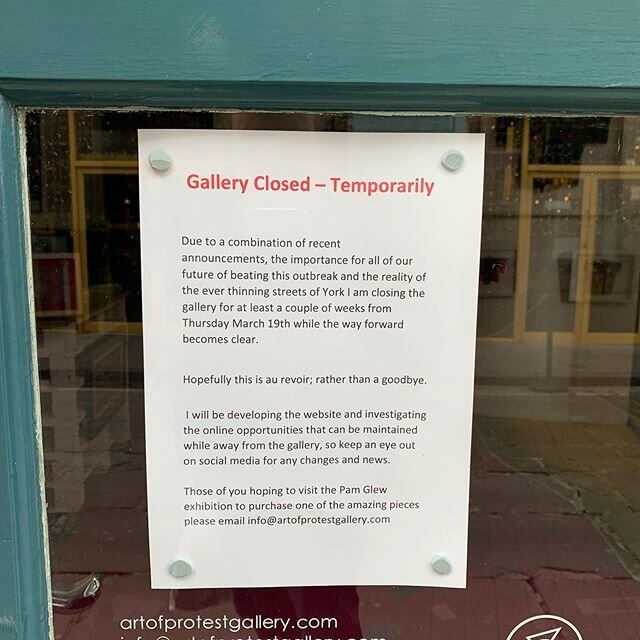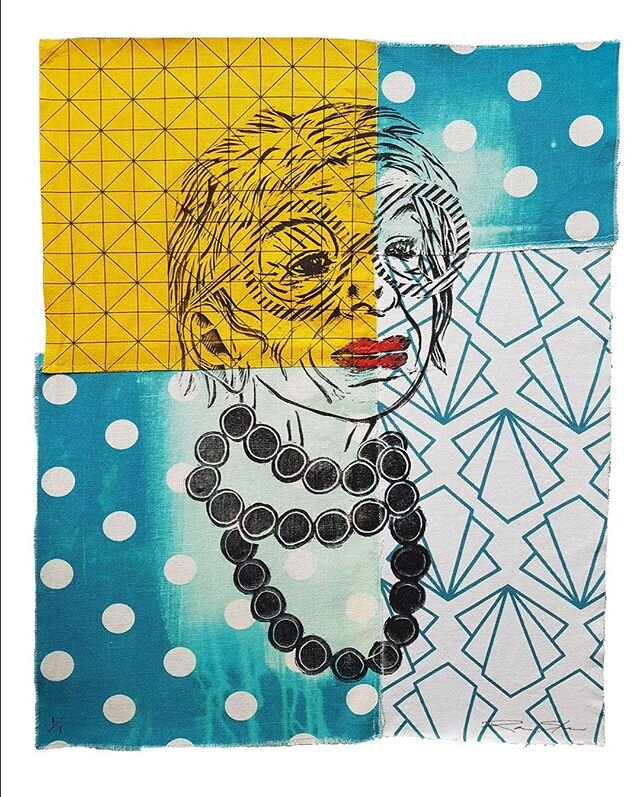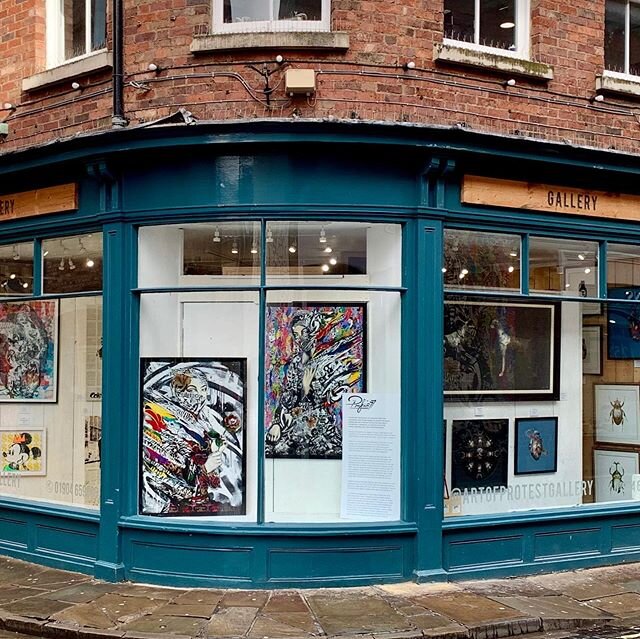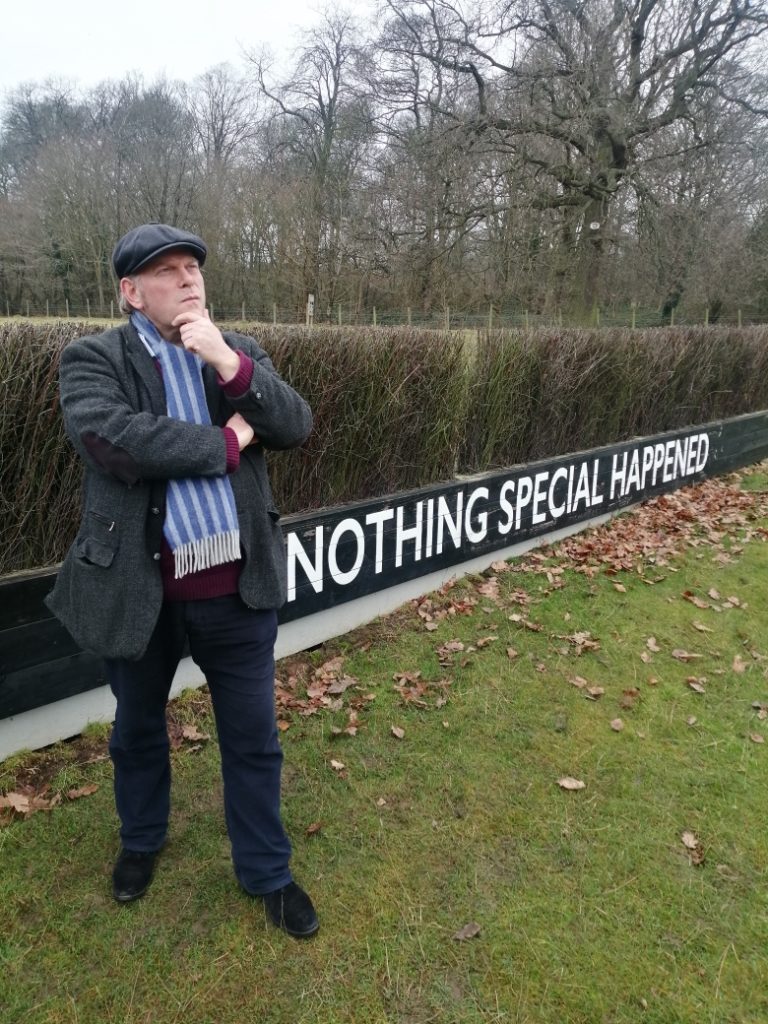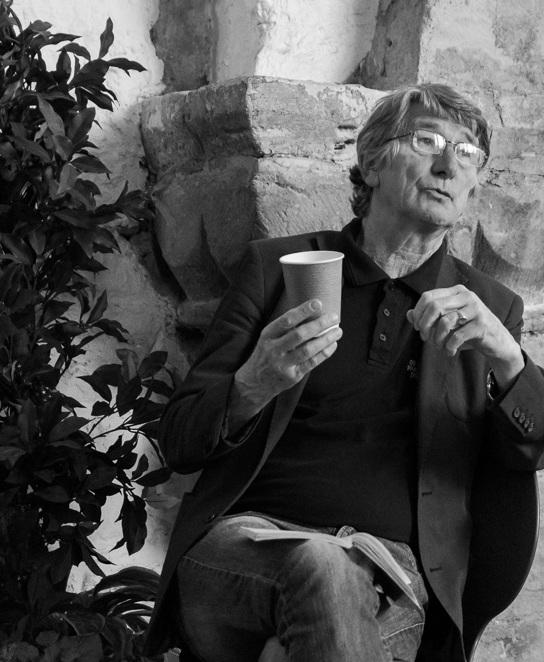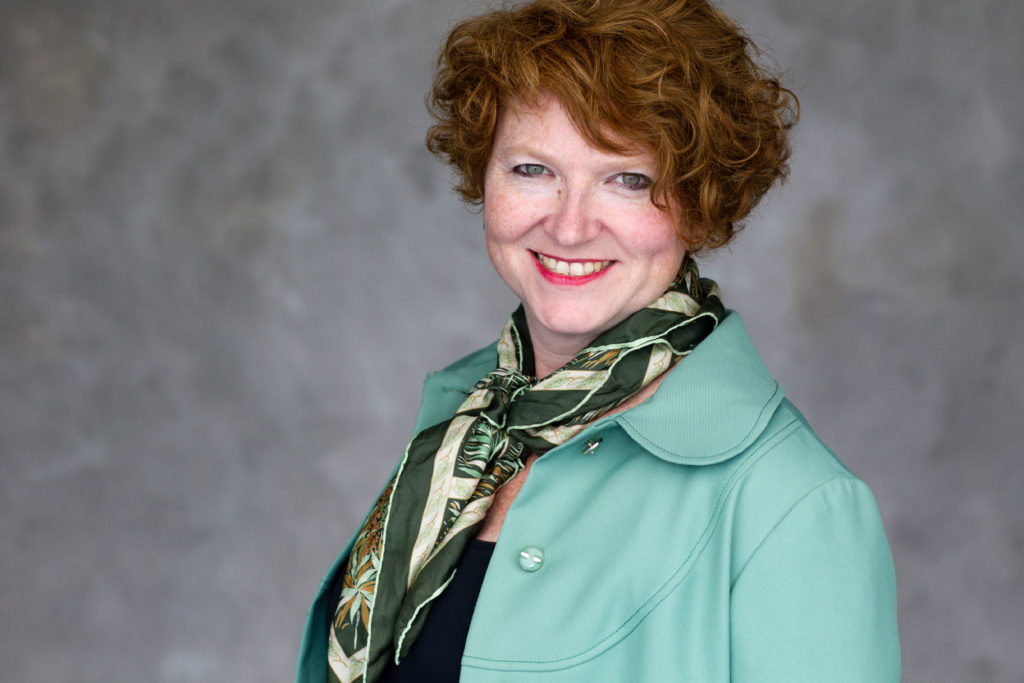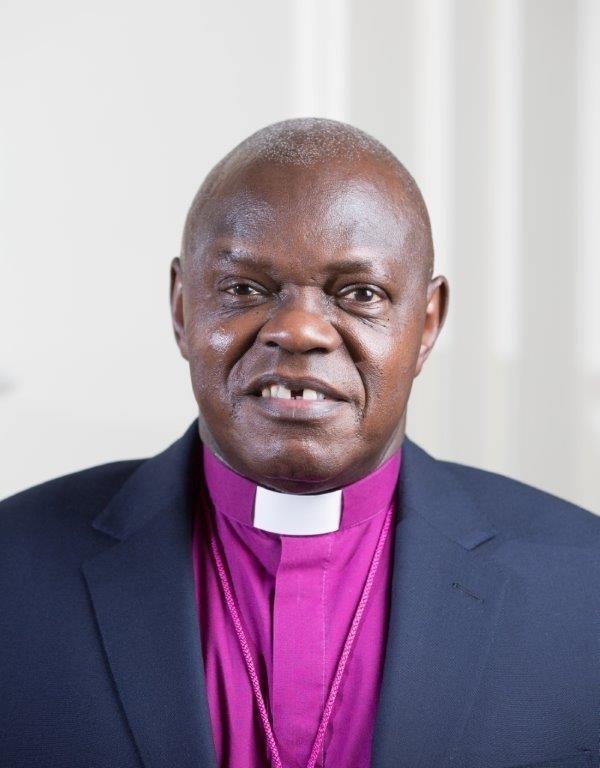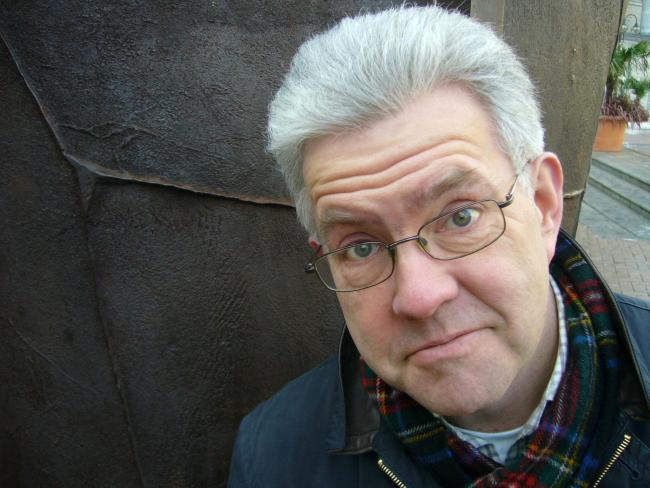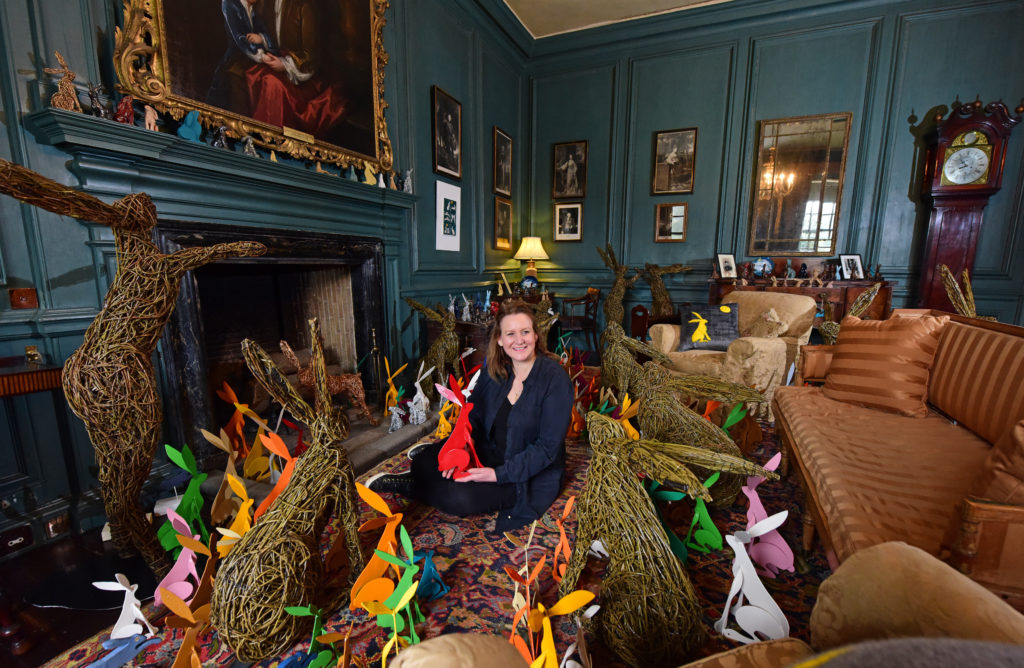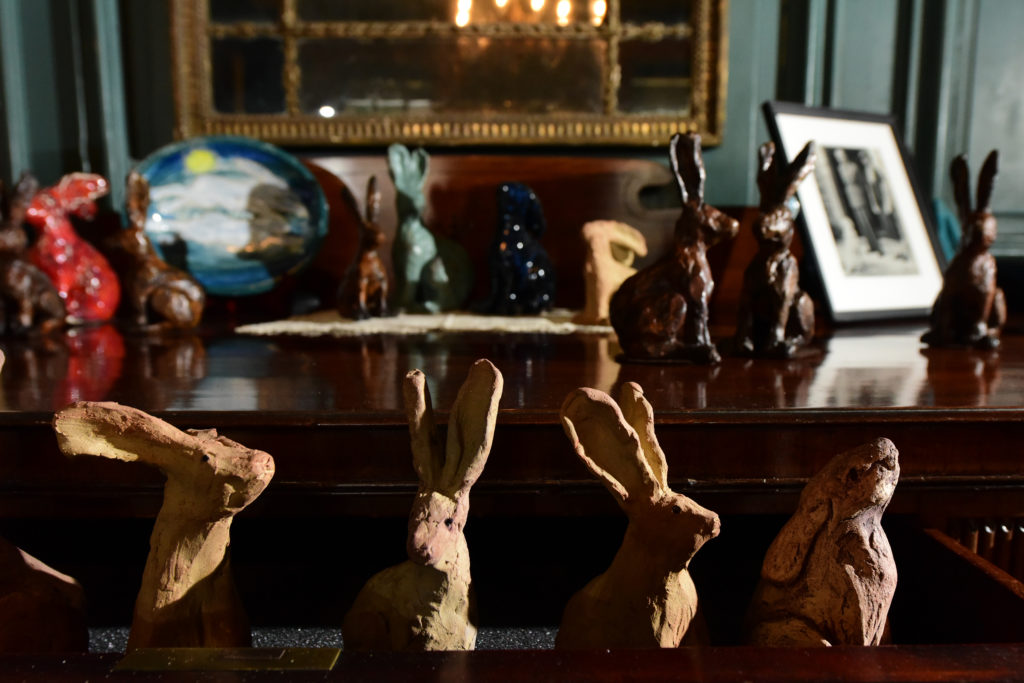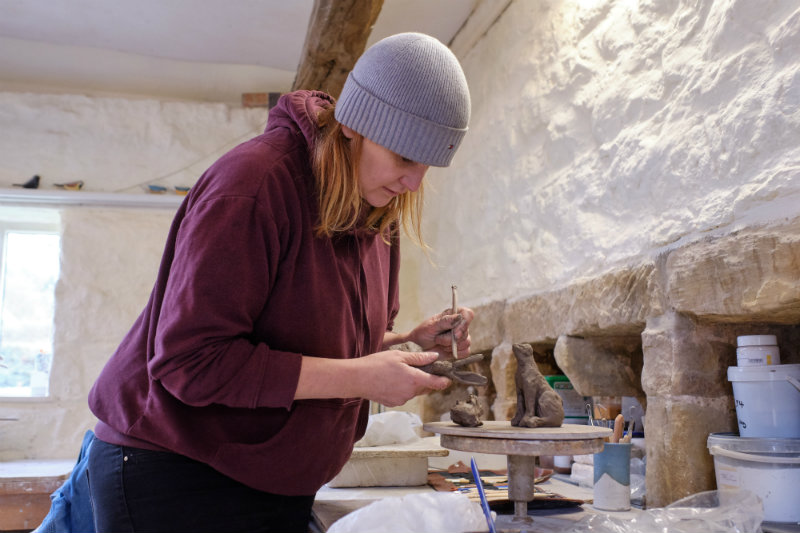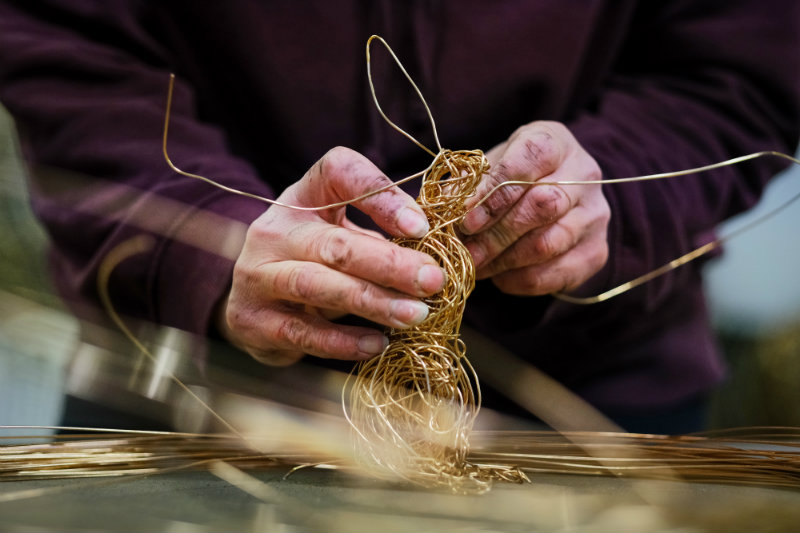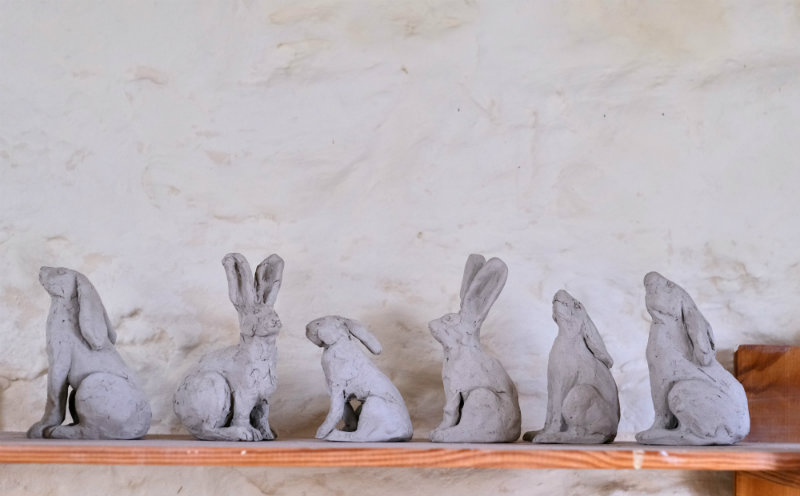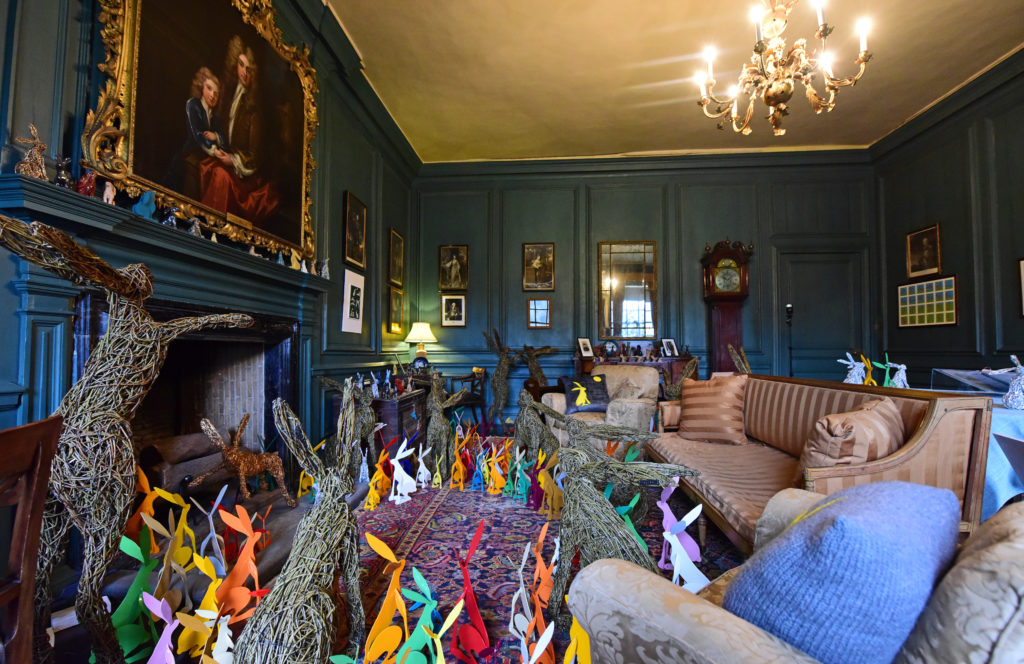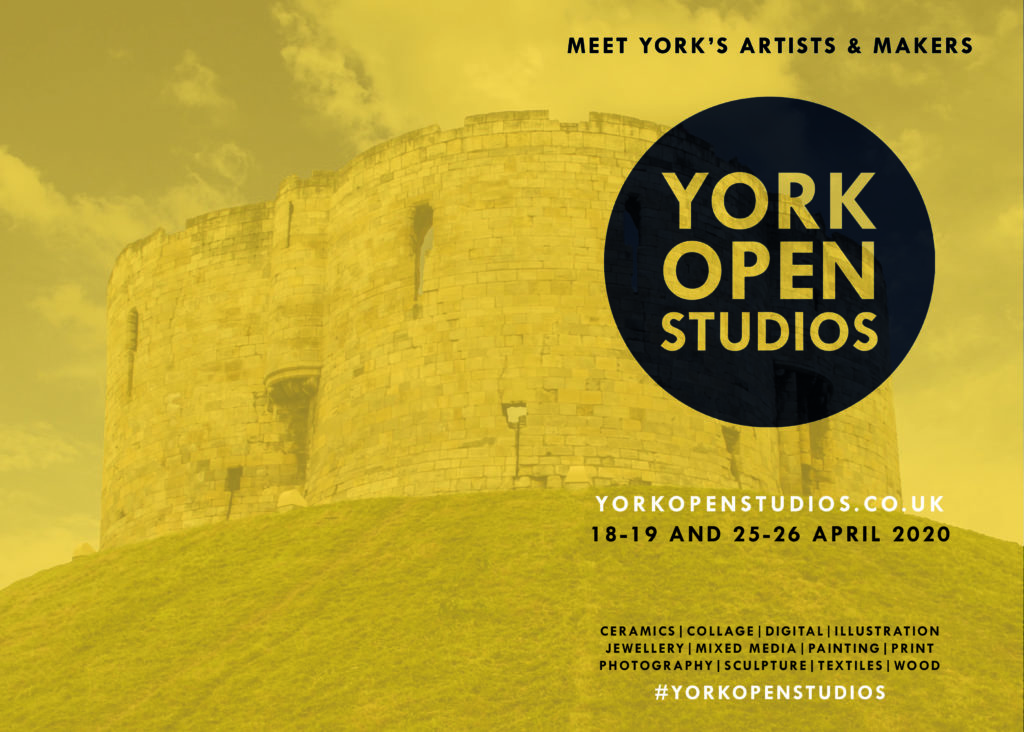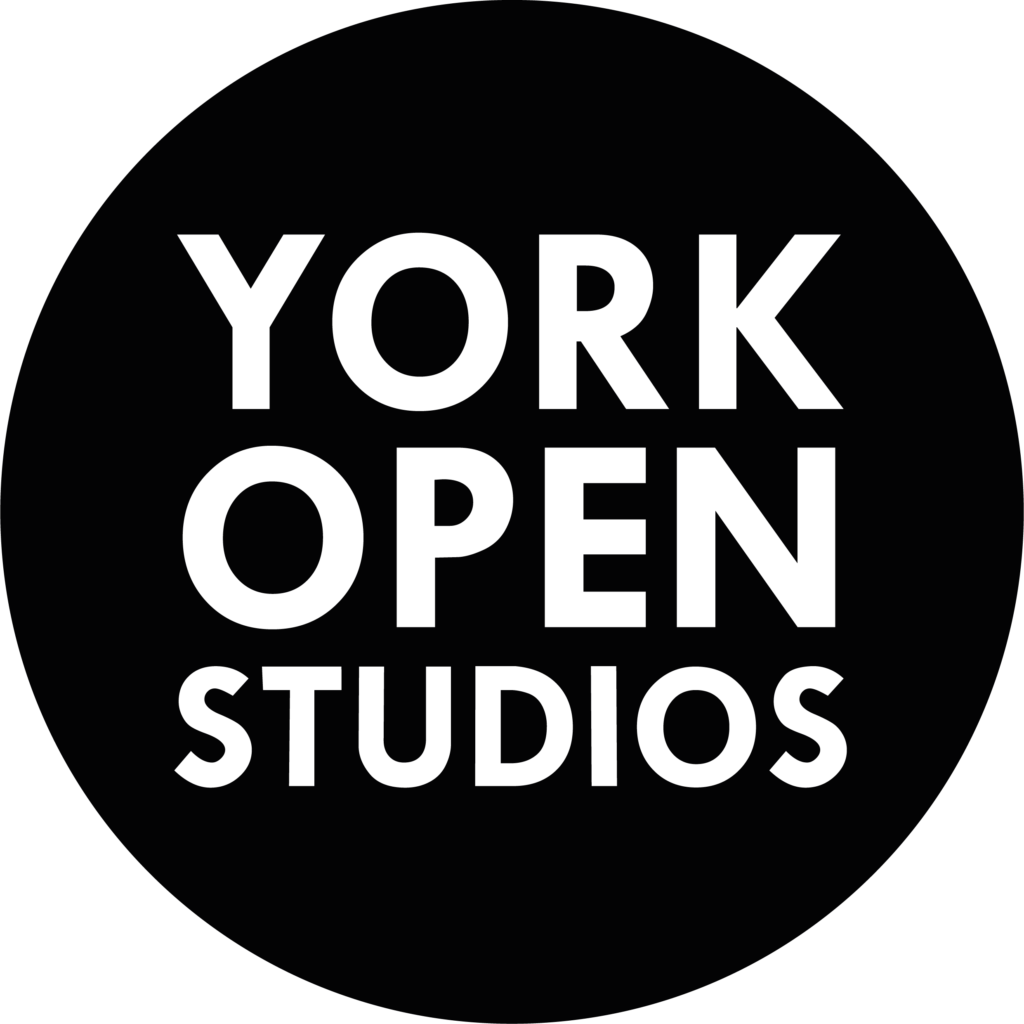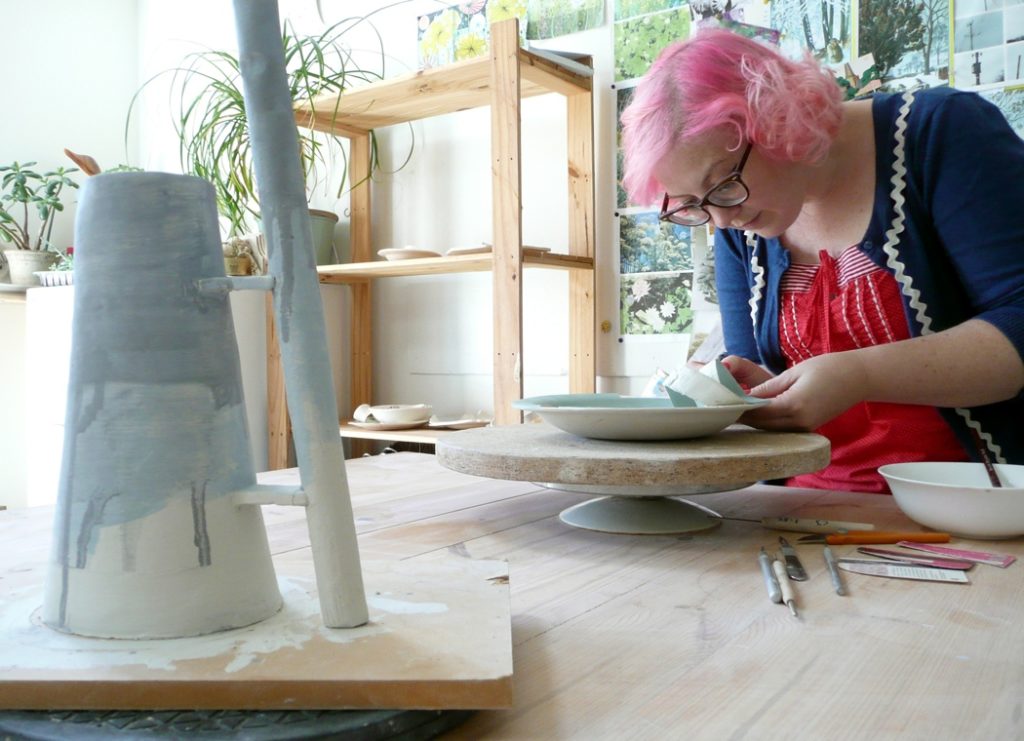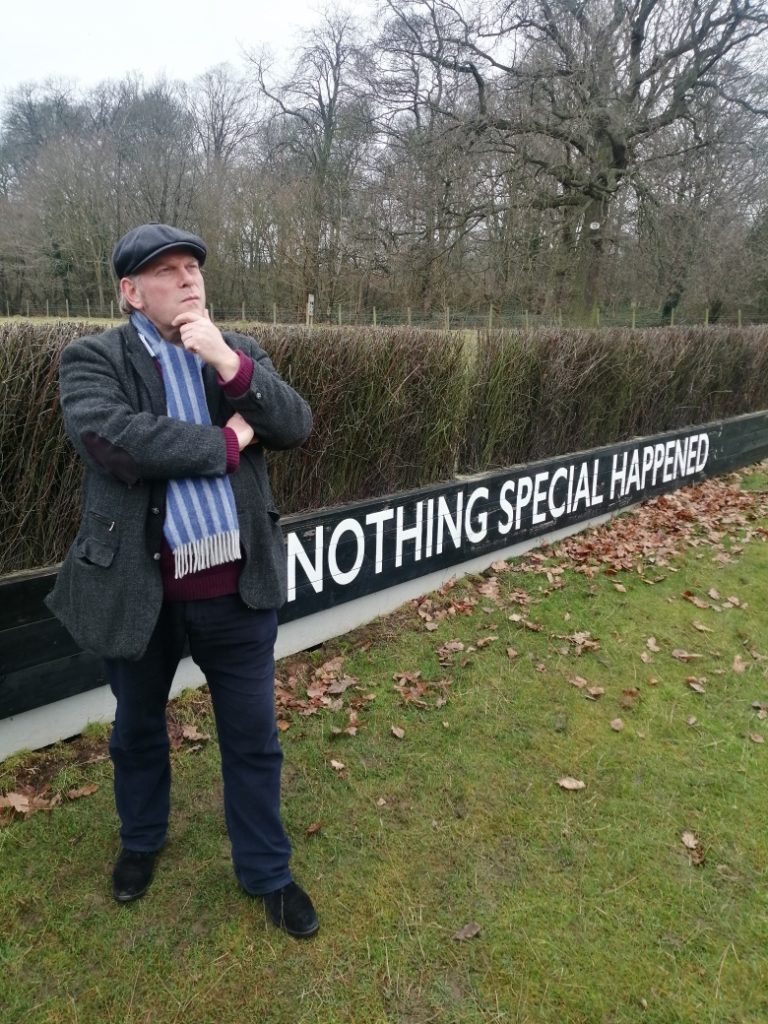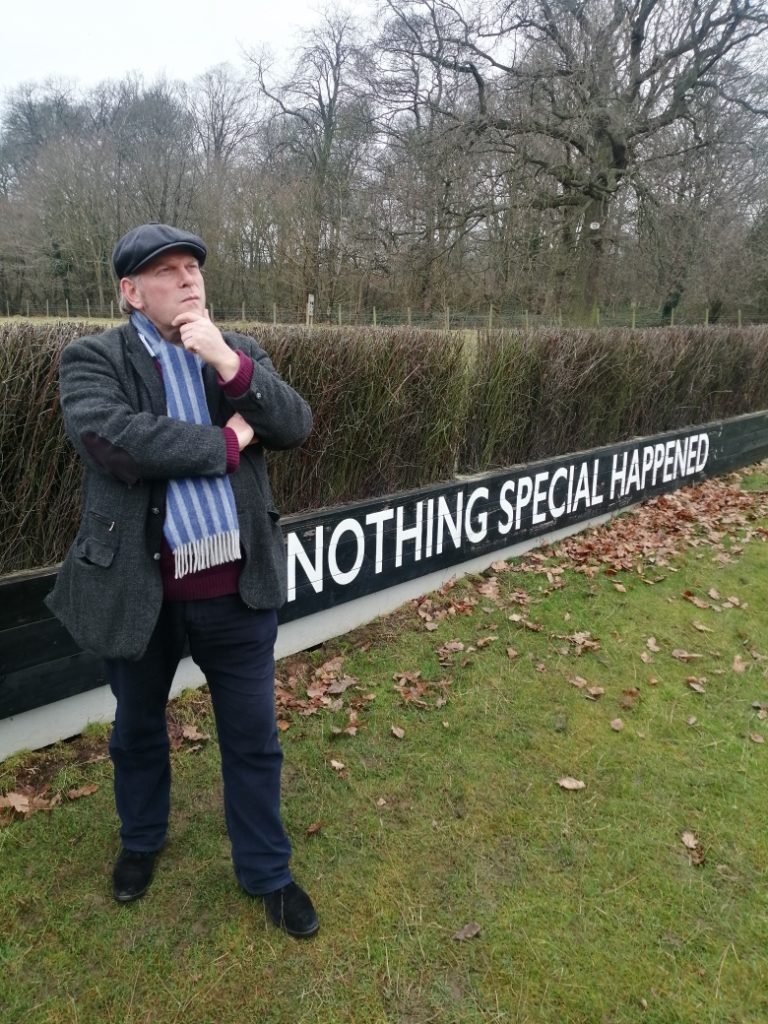
EXIT 10 Things To See Next Week in York and beyond for the unforeseeable future. Enter home entertainment, wherever you may be, whether still together or in isolation, in the shadow of the Coronavirus pandemic. From behind his closed door, CHARLES HUTCHINSON makes these further suggestions.
Compiling lists of best songs by favourite artists
THE Beatles, The Rolling Stones, solo Beatles, Van Morrison, Velvet Underground, solo Velvets, Bob Dylan, Dusty Springfield, Aretha Franklin, The Smiths, The Fall, whoever. Make a Top Ten or even Top 20, then send to friends to ask for their suggestions for the list and why they disagree with you.
You could also set up arguments: Kylie’s Top Ten versus Madonna; The Specials versus Madness; Holland Dozier Holland versus Bacharach and David; Rod Stewart versus Elton John; Abba versus Queen; U2 versus Coldplay. Any others?
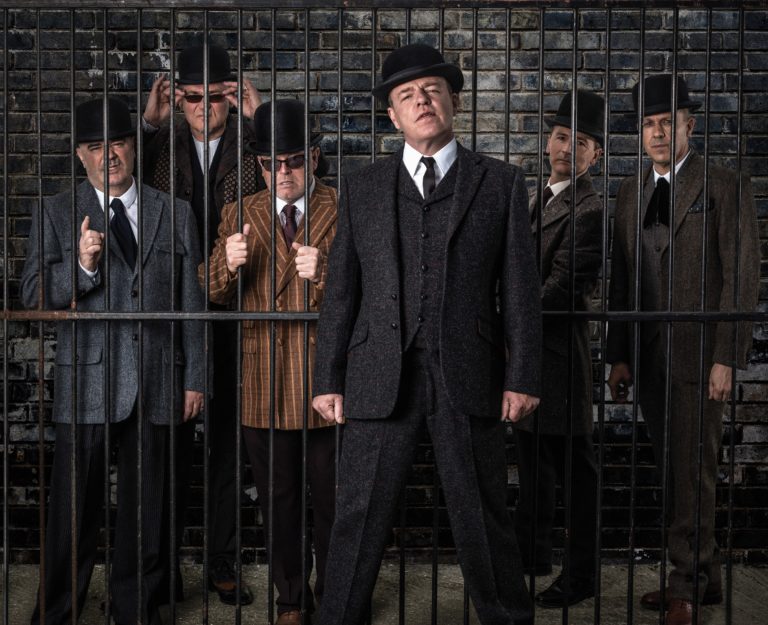
Desert Island Slipped Discs
IF past editions of the BBC Radio 4 Sunday morning staple have slipped your attention, it is never too late to discover the back catalogue at the Beeb online. You could pick a running theme, such as artists, musicians, poets, scientists, entrepreneurs, comedians, sportsmen, film stars, pioneers and church leaders.
Or, given the very necessary daily Covid-19 briefings from Number 10, how about politicians? Margaret Thatcher (1978); Edward Heath (1988); Enoch Powell (1989); Alan Clark (1995); Tony Blair (1996); Gordon Brown (1996); David Cameron (2006)…or, for a satirical variation, Spitting Image’s Peter Fluck and Roger Law (1987)?
Follow the advice of Stephen Fry
FOLLOWING up last Thursday’s 10 Things advice to make a timetable for the day, Andrew Marr’s Sunday morning interview on the Beeb with national treasure and former Cundall Manor prep school teacher Stephen Fry elicited one gem of a suggestion. Take time, take longer, to do things, whether cooking a dish from a recipe book, or even when brushing your teeth.
Fry, the president of MIND, also advocated taking up a new hobby, or re-discovering a craft, in his case, calligraphy. Further suggestions: learn a language; learn sign language; test yourself on road signs (when did you last do that?).
Meanwhile, Fry’s partner in comedy since Cambridge Footlights days, House doctor Hugh Laurie, says of Coronavirus: “We solve it together by staying apart.” Couldn’t have put it better.

Administer a spring clean
STUCK at home, as you really should be by now, key workers excepted, this is the chance to gut rooms; to go through files, drawers, cupboards; to work out what clothes to keep and which to donate to charity shops. Likewise, games; books; kitchen utensils. Update Christmas card lists and address books.
Make time for nostalgia
DIG out old scrapbooks (Leeds United, League Champions, 1973-1974; the Cardiff Candlewits revue show, The Rantings Of A Raw Prawn, at the 1982 Edinburgh Fringe; cookery crush Nigella Lawson’s recipes – more pictures than recipes, to be truthful – to give three Hutch examples). Ah, those were the days.
Likewise, take a look through old photo albums, sure to trigger memories and promote family discussions… and maybe even lead you to research your family ancestry in the manner of BBC One’s Who Do You Think You Are?.
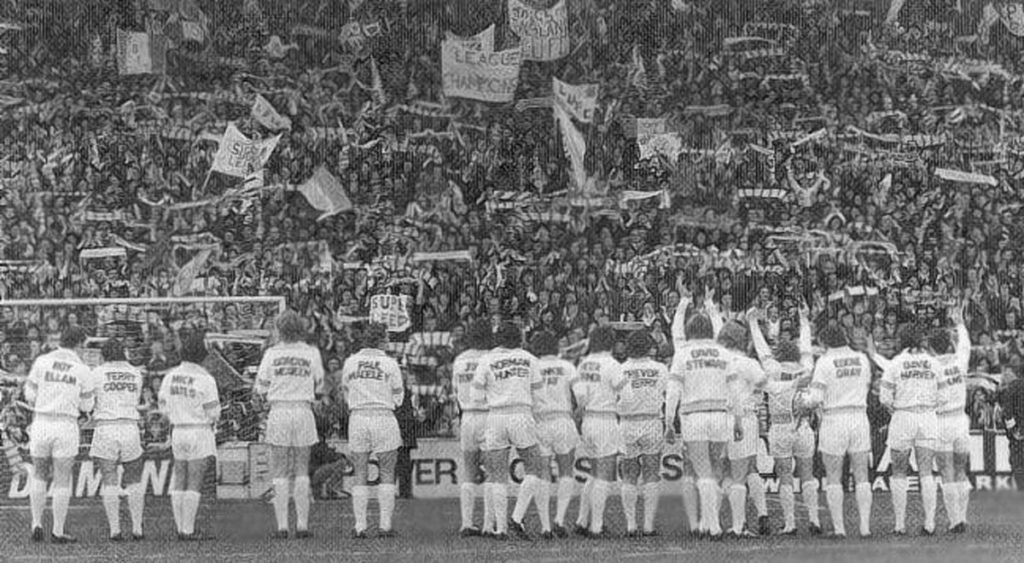
Try to find good news
GREAT Yorkshire Show off. Ryedale Festival off. York Pride off. The Olympic Games off. The list of cancellations keeps growing. Against that backdrop, however, theatres, music venues and festivals are busy re-booking acts and shows for later in the year or next year.
Keep visiting websites for updates, whether York Barbican, York Theatre Royal, the Grand Opera House, wherever.
Look out too for the streaming of past shows. More and more theatres and arts companies are doing this.
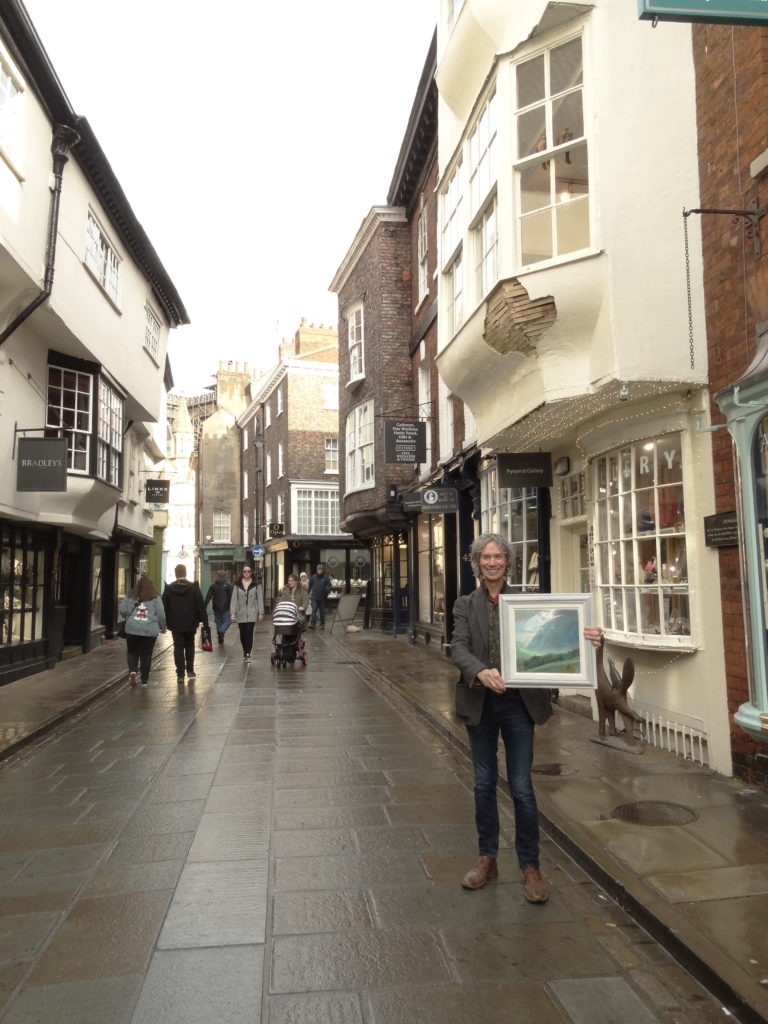
Online exhibitions
GALLERIES in York are going online to keep the art (and hopefully sales) going. Step forward Pyramid Gallery, in Stonegate, where owner Terry Brett has launched Strange Days.
This service is not only a website portal for works from this season’s Full Sunlight show, featuring Askrigg artist Piers Browne and Holtby sculptor Hannah Arnup, but Terry also is inviting the 144 artists from next month’s cancelled York Open Studios to show their work on there too.
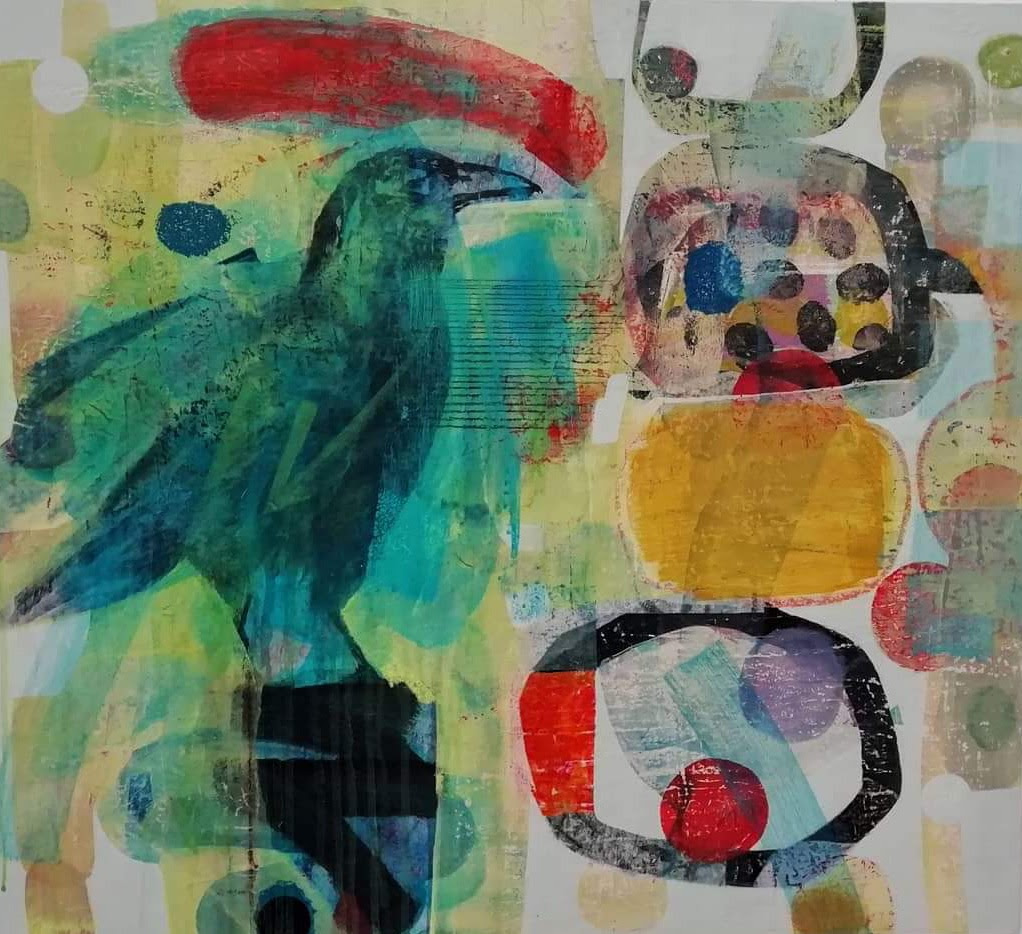
Anywhere else?
LOTTE Inch Gallery, at Fourteen Bootham, will host its first online-only exhibition, Yorkshire artist Tom Wood’s The Abstract Crow, from April 17 to May 16.
“Known for his imaginative and allusive abstract approach to painting, Tom will pay homage to his love for the natural world in his new paintings,” says Lotte.
Venturing outdoors
AMID the stricter Government strictures, aside from walking the dog and one burst of exercise a day, gardening looks the most fruitful way to spend time outdoors. The first mow of the season; buds coming through; plants to plant; garden furniture to varnish: ready, steady, grow.

And what about…
Podcasts. Books. More podcasts. More books. Season two of Liar on Monday nights on ITV. Noughts + Crosses on BBC One on Thursdays. Writing a 10 Things like this one. Reading the regular Tweets from Matt Haig, the Reasons To Stay Alive author with the York past. Drinking hot drinks, gargling regularly, and building up your zinc levels, as well as all that hand-washing.
See you later, self-isolator.
Copyright of The Press, York
